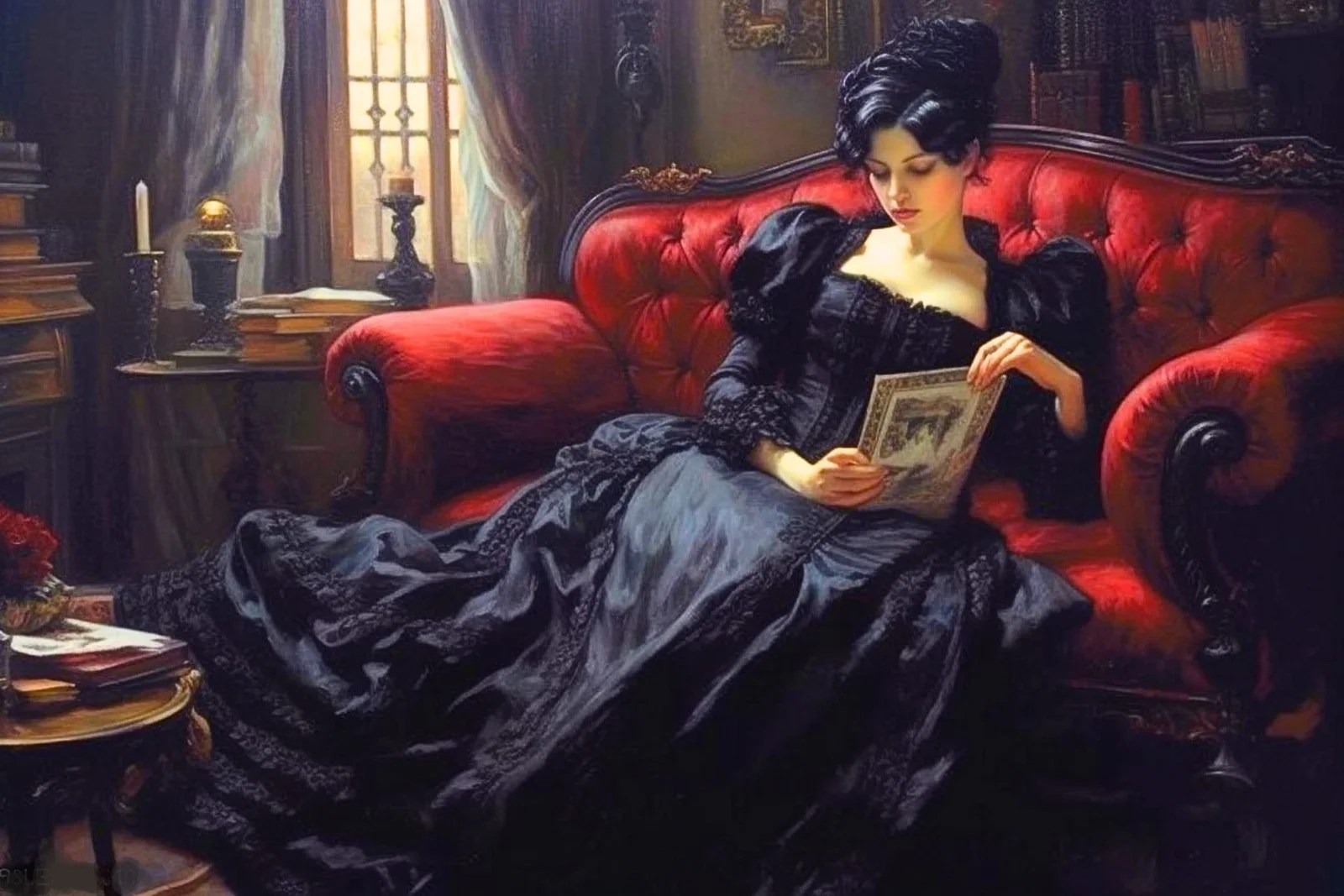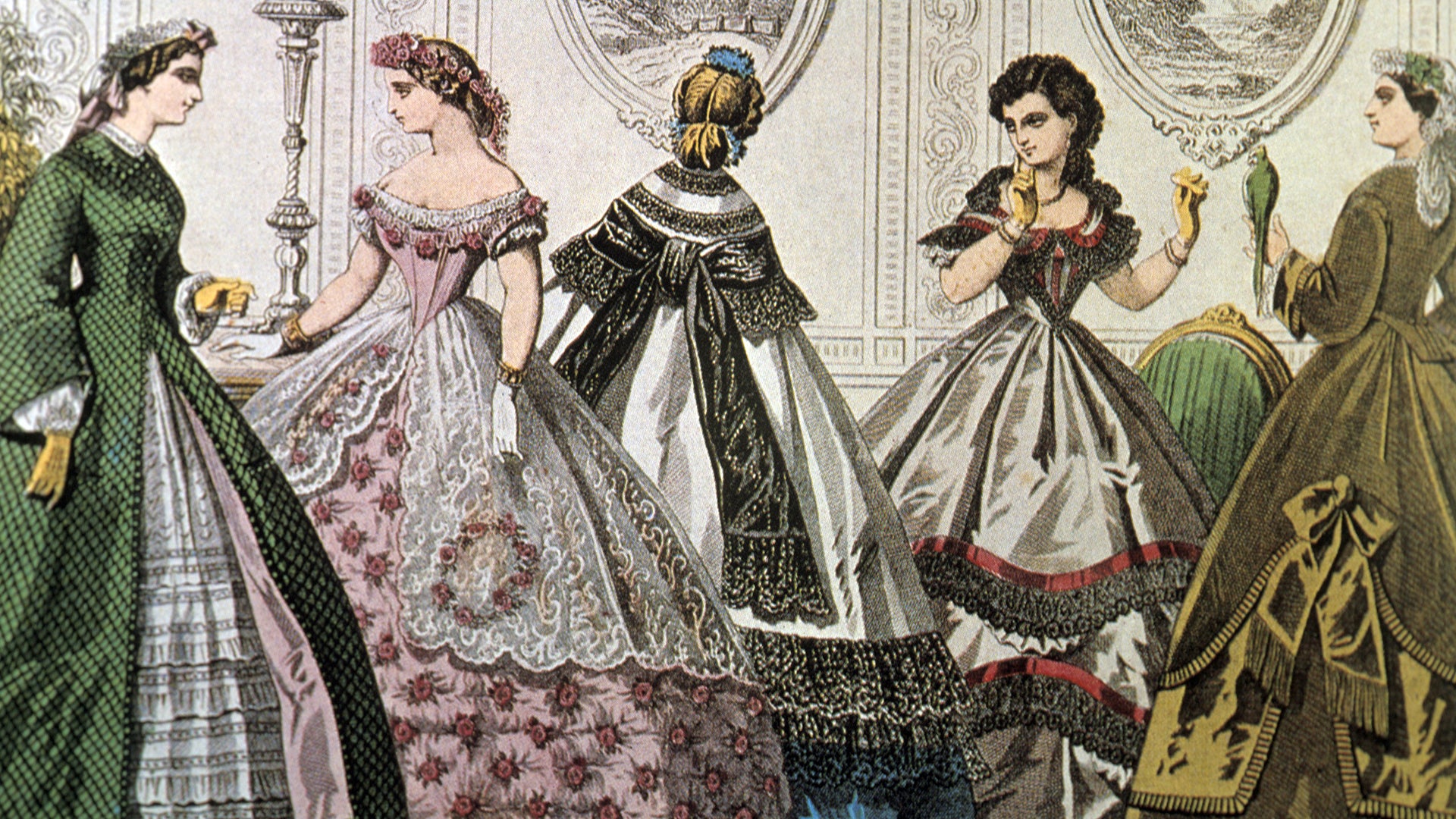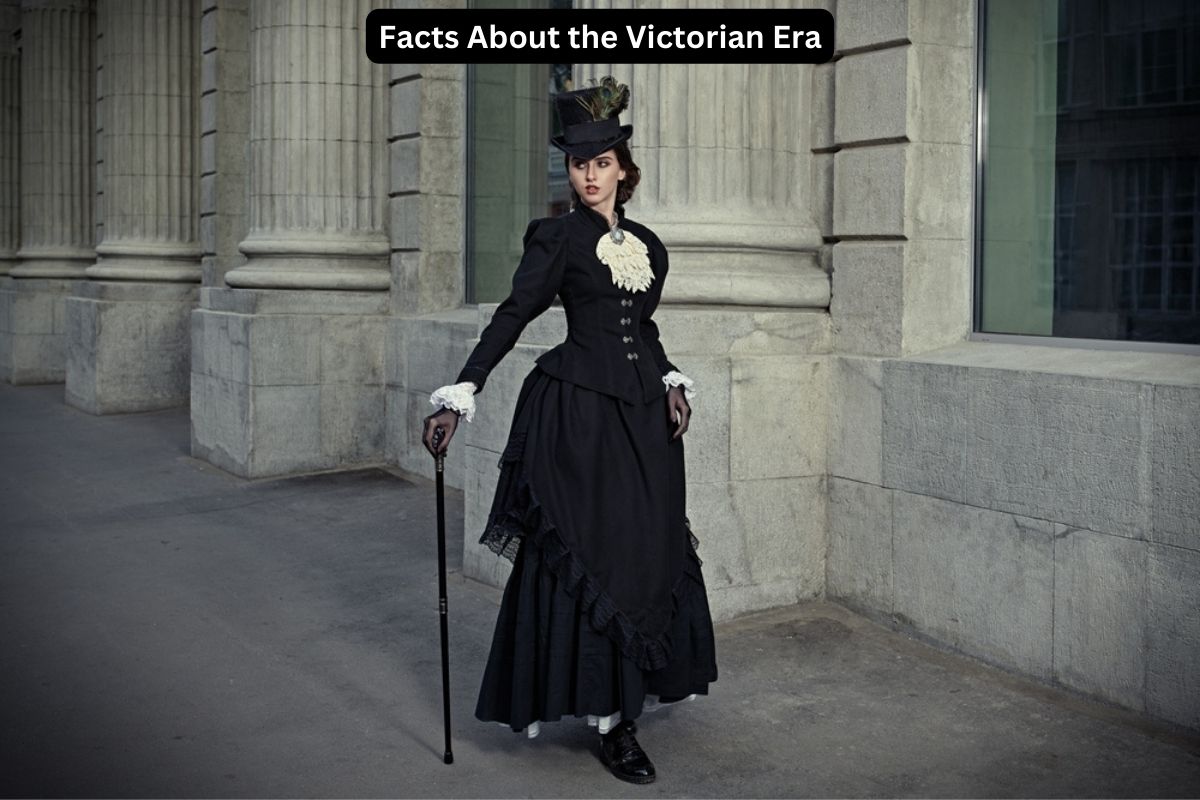The Victorian Era is a fascinating chapter in history that spans from 1837 to 1901, marked by the reign of Queen Victoria in the United Kingdom. This period is renowned for its notable advancements in industry, culture, and society, as well as its complex social dynamics and intricate class structures. As we explore the Victorian Era, we will uncover how it laid the foundation for modern Britain and influenced various aspects of contemporary life.
In this article, we will delve into the key aspects of the Victorian Era, examining its historical context, significant figures, and the social and economic changes that defined the period. We will also highlight the lasting impact of the Victorian Era on modern society, making it essential for anyone interested in history and its effects on our current world.
Table of Contents
Historical Context of the Victorian Era
The Victorian Era began in 1837 when Queen Victoria ascended to the throne. This period was characterized by a significant shift in political power, societal norms, and the expansion of the British Empire. The era followed the Napoleonic Wars and was marked by a growing sense of national pride and identity.
During this time, Britain emerged as a global superpower, with colonies spanning across continents. The Victorian Era also saw the rise of social reform movements aimed at addressing the inequalities and injustices that were prevalent in society, particularly in urban areas.
The Victorian Age was a time of contradictions, where the values of morality and propriety coexisted with rapid change and societal upheaval. Understanding this historical context is crucial for grasping the complexities of the time.
The Industrial Revolution and Its Impact
The Industrial Revolution, which began in the late 18th century, accelerated during the Victorian Era, transforming the economy and society. Key features of this period included:
- Mass production and mechanization of goods
- Urbanization as people moved to cities for work
- Improvements in transportation, such as railways and steamships
- Increased availability of consumer goods and services
These changes had profound effects on the Victorian society, leading to both opportunities and challenges. While many enjoyed improved living standards, others faced harsh working conditions and poverty in rapidly growing industrial cities.
Victorian Literature: A Cultural Explosion
Literature flourished during the Victorian Era, with writers such as Charles Dickens, George Eliot, and Thomas Hardy gaining widespread acclaim. The Victorian novel became a popular form of entertainment, often reflecting the social issues of the time. Key themes included:
- Class struggle and social reform
- Gender roles and women's rights
- Moral dilemmas and ethical questions
Victorian literature not only entertained but also prompted critical discussions about society and human nature, leaving a lasting impact on the literary world.
Prominent Victorian Authors
Some notable authors of the Victorian Era include:
- Charles Dickens
- Charlotte Brontë
- George Eliot
- Thomas Hardy
These authors explored themes of social justice, morality, and the human experience, contributing significantly to the literary canon.
The Social Structure of Victorian Society
Victorian society was characterized by a rigid class structure that influenced people's lives and opportunities. The main social classes included:
- Upper Class: Aristocrats and wealthy industrialists
- Middle Class: Professionals, merchants, and educated individuals
- Working Class: Laborers and factory workers
This class system created distinct social norms and expectations, particularly regarding gender roles, education, and employment. Understanding these dynamics is essential for comprehending the social fabric of the Victorian Era.
Key Figures of the Victorian Era
The Victorian Era was home to numerous influential figures who shaped the course of history. Some of the most notable include:
- Queen Victoria: The monarch who defined the era.
- Charles Dickens: A leading novelist and social critic.
- Florence Nightingale: Pioneer of modern nursing.
- Charles Darwin: Naturalist whose theories changed scientific thought.
These individuals made significant contributions across various fields, including literature, science, and social reform, influencing generations to come.
Technological Advancements in the Victorian Era
The Victorian Era was a time of remarkable technological innovations that revolutionized daily life. Some key advancements included:
- Steam engine: Transformed transportation and industry.
- Telegraph: Revolutionized communication.
- Photography: Introduced new forms of visual representation.
- Electricity: Began to change urban life and industry.
These innovations not only improved efficiency but also changed the way people interacted with the world, laying the groundwork for future technological developments.
Art and Architecture of the Victorian Period
The Victorian Era produced a distinctive style of art and architecture, characterized by a blend of historical styles and innovative designs. Key movements included:
- Gothic Revival: Inspired by medieval architecture.
- Pre-Raphaelite Brotherhood: A group of artists who sought to return to the detail and vibrant colors of pre-Renaissance art.
- Arts and Crafts Movement: Emphasized craftsmanship and the beauty of handmade objects.
This artistic explosion reflected the values and concerns of the time, showcasing both the beauty and complexities of Victorian life.
The Legacy of the Victorian Era
The Victorian Era left an indelible mark on history, influencing modern culture, literature, and social structures. Key legacies include:
- Advancements in social justice and reform movements
- Foundations of modern literature and narrative techniques
- Technological innovations that continue to shape our world
Understanding the legacy of the Victorian Era allows us to appreciate the complexities and achievements of this transformative period, reminding us of the ongoing impact of history on our lives.
Conclusion
In conclusion, the Victorian Era was a period of profound change and development, marked by its unique social structures, technological advancements, and cultural achievements. By exploring this era, we gain insight into how it has shaped modern society and continue to influence various aspects of life today. We encourage you to share your thoughts on the Victorian Era in the comments, explore related articles on our site, and engage with this fascinating topic further.
Closing Remarks
Thank you for taking the time to delve into the rich history of the Victorian Era with us. We hope this article has provided you with valuable insights and sparked your interest in further exploration of this transformative period. We look forward to welcoming you back for more engaging content in the future!
Also Read
Article Recommendations



ncG1vNJzZmivp6x7tMHRr6CvmZynsrS71KuanqtemLyue9WiqZqko6q9pr7SrZirq2hkwamxjK%2BgnKyfp7aiuo2hq6ak